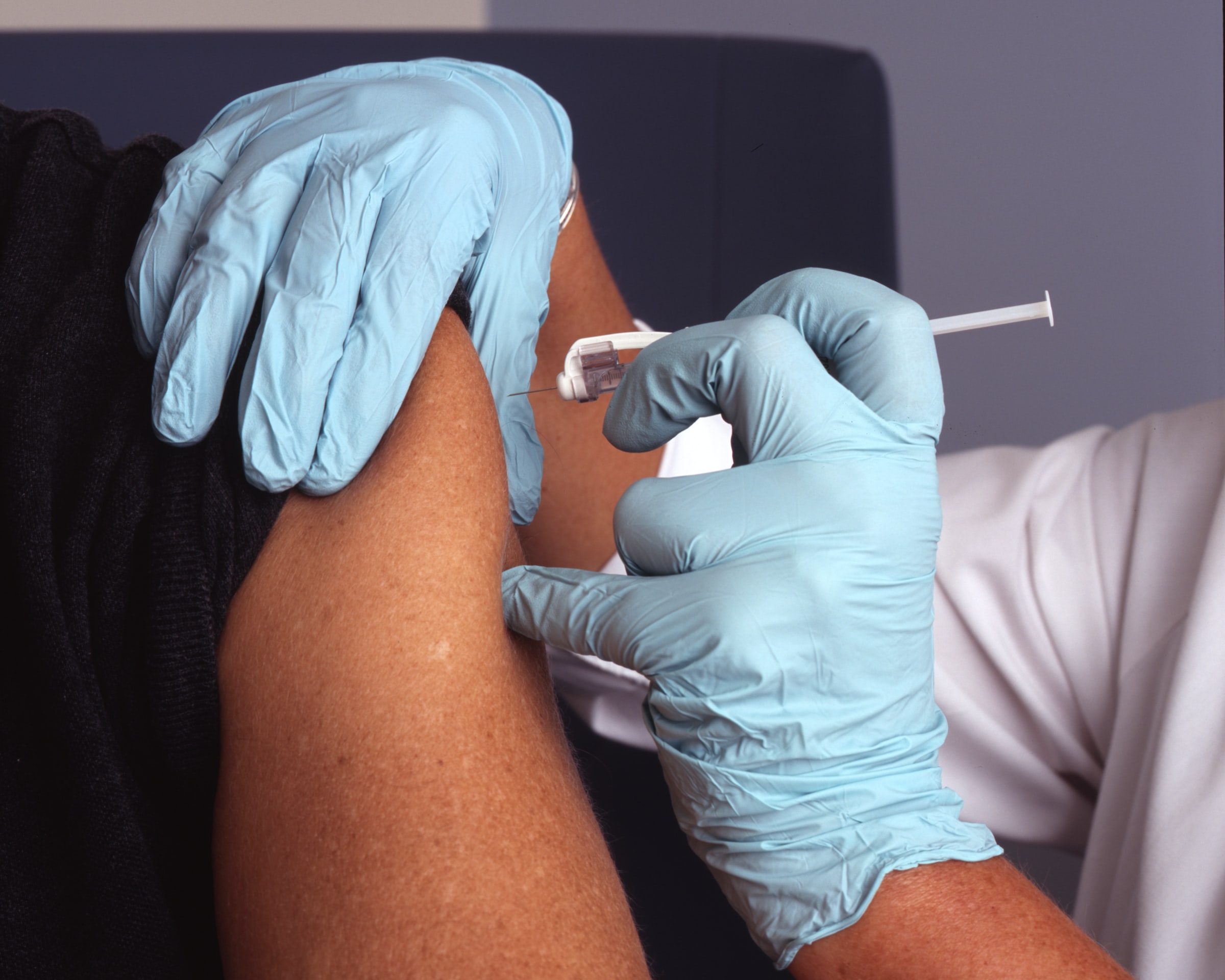Quick question: how far is your nearest pharmacy? If the answer is greater than five miles, you live in a pharmacy desert! If your gut is telling you that living in a “desert” isn’t a good thing, your gut is right.
The term “pharmacy desert” is based on the idea of “food deserts,” which describes communities that do not have a grocery store with fresh produce within five miles of their homes. Similarly, pharmacy deserts are areas that do not have a pharmacy within five miles of their homes. Though this is already problematic under normal situations, living in a pharmacy desert is especially challenging during the current pandemic.
Pharmacies are key to rapidly distributing COVID-19 vaccines. Though the efficiency of this distribution is quickly improving with time, more and more people are noticing that the vaccines aren’t being equally distributed to the low-income and minority communities that have been hardest hit by the pandemic. This is at least partially due to the lack of access in pharmacy deserts.
Image Source: Geber86
A study published in 2020 by the University of California, Irvine found that pharmacy deserts exist disproportionately in minority and low-income communities, which is especially problematic during this pandemic because it means COVID-19 vaccines are more difficult to access in the areas where the virus is spreading most severely.
A recent report from the Kaiser Family Foundation supports this theory, finding that vaccinations are not being distributed as readily to individuals of the races and ethnicities that have been most affected by the virus. Earlier in the pandemic, these low-income and minority communities faced a similar issue with regards to COVID-19 testing. This resulted in many people not seeking medical attention and arriving at the hospital with severe symptoms that were more likely to result in death. Now, even though the vaccine is widely available and is supposed to target the most vulnerable groups, the reality is falling short of that goal.
With this increased attention on structural health inequities due to COVID-19, more and more social justice advocates and public leaders are pushing to address gaps in healthcare access, vaccinate vulnerable communities, and implement permanent changes that will improve the future of health equity. Political activism is on the rise all around the country, and there are more resources than ever to help contribute to the call for change.
Featured Image Credit: National Cancer Institute










